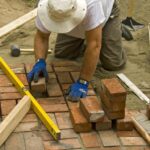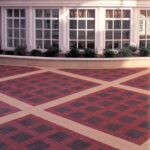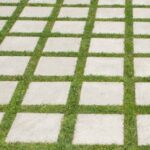Restore your brick patio’s beauty! Learn simple, effective steps to clean dirt, grime, and even moss, using everyday supplies for a sparkling outdoor space.
A brick patio can be a beautiful and durable addition to your outdoor living space, providing a perfect spot for relaxing, entertaining, and enjoying the fresh air. However, like any outdoor surface, brick patios can accumulate dirt, leaves, stains, and unwelcome growth like moss or algae. Regular cleaning is essential to keep them looking great and prevent long-term damage. Fortunately, with a few simple steps and the right supplies, you can effectively clean your brick patio and restore its charm. Here’s how to do it yourself:
1. Sweep Away Debris
Before you introduce any cleaning solutions, clear away loose debris that can hinder the cleaning process. This initial step makes the subsequent scrubbing much more effective.
Grab a sturdy outdoor broom with stiff bristles. Systematically sweep the entire patio surface, paying attention to corners and crevices where leaves, dirt, twigs, and other organic matter tend to gather. A leaf blower can be particularly efficient for larger patios, quickly moving debris into a manageable pile for disposal.
2. Prepare Your Cleaning Solution
Selecting the appropriate cleaning solution is vital to effectively lift dirt and grime without damaging the brick. Harsh chemicals can potentially discolor or erode the brick over time.
For general cleaning, a simple mixture of warm water and a mild dish soap is often sufficient. Alternatively, you can use a cleaner specifically formulated for brick or masonry. Follow the manufacturer’s instructions for dilution. Avoid using strong acids or abrasive cleaners unless specifically recommended for your type of brick and the specific stain you are tackling.
3. Scrub to Target Dirt and Grime
Physical scrubbing is usually necessary to loosen embedded dirt and stains from the porous surface of brick.
Generously apply your chosen cleaning solution to a manageable section of the patio. Using a stiff-bristled brush (a deck brush or a scrub brush works well), vigorously scrub the bricks. Pay extra attention to areas that appear stained or heavily soiled. Work in 3- to 4-foot sections. For stubborn dirt, you may need to apply more pressure or let the cleaning solution sit for a few minutes before scrubbing.
4. Rinse to Wash Away the Residue
Thoroughly rinsing the patio will remove all traces of the cleaning solution and the loosened dirt. Any soap residue left behind can attract more dirt and potentially leave a film on the bricks.
Using a garden hose equipped with a spray nozzle, rinse the entire patio with clean water. Start at one end and systematically work your way across, making sure that all soapy water is washed away. A medium to strong spray setting will help to dislodge any remaining dirt.
5. Tackle Tough Stains
Some stains, like grease, rust, or mildew, can be more persistent and require specialized treatment.
- Vinegar and water. For removing some mineral stains or general discoloration, a mixture of equal parts white vinegar and water can be effective. Apply the solution to the stain, let it sit for 10 to 15 minutes, then scrub and rinse thoroughly.
- Specialized brick stain removers. For tougher stains, consider using a commercial brick stain remover specifically designed for the type of stain you’re dealing with (like oil stain remover, rust remover). Always follow the manufacturer’s instructions carefully and test the product in an inconspicuous area first to ensure it doesn’t damage or discolor the brick.
6. Banish Moss and Algae
Moss and algae not only look unsightly but can also make your patio slippery and can potentially damage the brick over time by retaining moisture.
A solution of bleach and water (mix 1 part household bleach with 10 parts water) is often effective for killing moss and algae. See the “Safety Considerations” below. Apply the solution carefully to the affected areas, let it sit for a short period (5 to 10 minutes), then scrub with a stiff brush and rinse thoroughly with plenty of clean water. Be cautious when using bleach and avoid getting it on nearby plants. Commercial moss and algae removers are also available.
7. Seal Your Clean Patio to Protect and Preserve It
Applying a brick sealant after cleaning can help protect the porous surface from future staining, water damage, and the growth of moss or algae. It also makes subsequent cleanings much easier.
Once your patio is completely clean and thoroughly dry, you can apply a sealant specifically designed for brick or masonry. Choose a sealant based on the patio’s condition and the finish you want (some sealants are penetrating and invisible, while others offer a slight sheen). Follow the manufacturer’s instructions for application.
Safety Considerations
Always prioritize your safety when cleaning your brick patio:
- Wear gloves to protect your hands from cleaning solutions and dirt.
- Protective eyewear: Shield your eyes from splashes, especially when using chemicals like bleach or specialized stain removers.
- Good ventilation: If you are cleaning in a partially enclosed space, ensure adequate ventilation to avoid inhaling fumes.
- Be mindful of surfaces: Be cautious when using cleaning solutions near plants or other sensitive surfaces. Rinse thoroughly if any contact occurs.
Conclusion
Cleaning your brick patio is a manageable DIY task that can significantly enhance the beauty and longevity of your outdoor space. By following these practical steps, from removing initial debris to tackling stubborn stains and considering sealing for future protection, you can keep your brick patio looking its best for years to come.



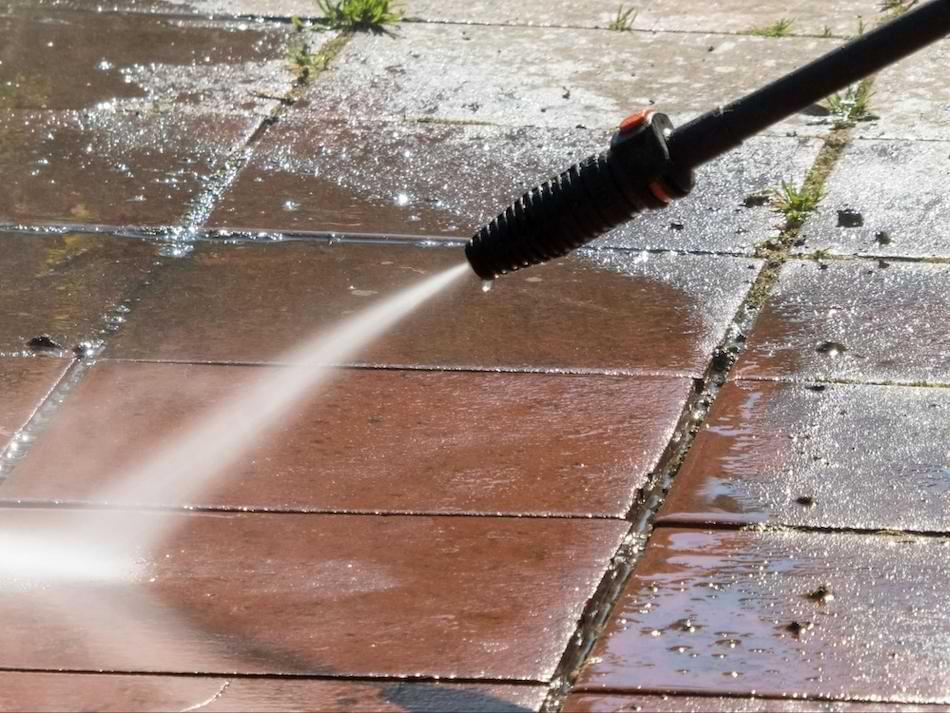
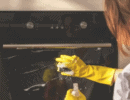


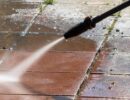
 Don Vandervort writes or edits every article at HomeTips. Don has:
Don Vandervort writes or edits every article at HomeTips. Don has:


